|
Dear Friend,
To venture outside of your comfort, when it comes to the outdoors, can be called many things: adventure, quest, journey, or simply, a walk. Depending on the person, it can look very different. Some quench the desire for breaking new ground by climbing Mt. Everest. Some find it in their own backyards. There is no right or wrong when it comes to getting to know the natural world. The important thing is that we do, respectfully, in our own way, find our connection. The living world is as complex and deep as our own psyche. It is natural that we may find there, an understanding of ourselves that goes deeper and wider than any intellectual pursuit. Through contact with the wild world, we find meaning through metaphor; we feel the touch of cool rock on our feet, the brush of grass against our hand, see the play of light on leaves, and take in the scents, which together create an orchestral memory. When I come across nature places I knew long ago, memories often emerge like hidden gems. The trees may be taller, and some are altogether gone. Many things may change, yet always there are remnants of what was before. Without disruption, whether from human development or from natural causes, the quality and memory of a place can be preserved for decades and longer in the trees, waterways, topography, and species of plants and animals. We, like the plants, animals, and rocks around us, are not anomalous in our existence. We are connected to the beginning of it all, linked by blood to a greater number of ancestral souls than we can logically comprehend. In our bones we contain the delicate and vulnerable blueprint, DNA, the memory, preserved through time, of us and those who came before us. I prepared my own type of quest in the wild recently. In early June, in the middle of an atmospheric river and severe downpour, I camped in the woods on the Kitsap Peninsula, WA State. This is the story of what happened, both true and beyond truth in the same way that a chrysalis in transition contains both caterpillar and butterfly, and still somehow, neither. It was the rain that whispered to me that night, through the howling wind. In its gentle way, it seeped into every crack and crevice and loosened the hard soils. It washed away the crust of grief and bitterness, grit, and pebble. A soft loam began to bloom from what had been ash. Through the wind and rain and sharp claps of thunder, we saw with our dreaming eyes, the spirits of the land were dancing. Their whooping and laughter could be heard echoing across the meadows. So, we danced with them and in our dancing and delight, we painted the edges of the leaves gold and draped the land with a feast of gems and silver. Slowly the skies began to lighten. For the Earth, Sayre Herrick OMEC Board of Directors Hello Friend,
Spring here in the Catskills of New York (USA), is an amazing time to be outside. I always find it strange when I think about the fact that half of the Earth’s human family, below the equator, is deep into their autumn with winter approaching. This spring, so much has happened to bear witness to. April started with a total solar eclipse here in the northern hemisphere. What a humbling experience to watch two massive and mysterious planetary bodies dance with each other in a display of the power of form, light, shadow, and darkness. The beginning of May gave us another magical event. As the sun approaches solar maximum in its 11-year cycle, the Northern Lights have become visible as brilliant blue, green, and purple sheets of energy shimmering across the sky in a radiant cascade. May also gave many of us the chance to watch the Eta Aquarids, a meteor shower that is easy to observe with the naked eye. It occurs as Earth passes through the debris trail from Halley’s comet and appears as sharp staccato light streaks racing across the sky. Here on the ground, there has also been much to observe. Daffodils, lilacs, and dandelions are blooming, while the slopes of the Catskill and Shawangunk mountains are changing from bare grey and brown to vibrant shades of green. Frigid streams are full of spring runoff and the air is alive with song from birds returning from the south. All these various natural phenomena certainly have their own scientific explanations. If you consult an astronomer, biologist, or geologist, you can hear about all the mechanics behind the happenings of this slice of the universe. Although I appreciate the facts of these events, I think there is something else to consider. When I look at my own human body with my nurse’s eyes, I see and understand the systems and components that make up my human form, but is that all there is? Each of us has a vast interiority of thoughts, emotions, energies, feelings, understandings (and misunderstandings), and perspectives. It is from the place of our interiority that we interact with all that happens around us. Would this then not be true of everything in a living Universe? When you next venture out amongst the many beings and phenomena of the more than human world, consider this. Everything that you encounter also has its own interiority from which it acts and perceives. There is an ordinary magic at work here, but it is deep as well. When you look out at the sensual display of nature from all that you are, remember that it is looking back at you the same way. From my heart to yours, Christopher T. Franza OMEC/Board of Directors Kithship is intimacy with the landscape in which one dwells and is entangled. –Rooted by Lyanda Lynn Haupt Dear friend, We share with you here some writing and visual art from the 6-week virtual spring gathering of the nature-inspired writing program, Remembering Our Place in the Sacred Circle of Life. Participants came together from California, Connecticut, Oregon, and New York. Discovery was the theme that surfaced this time. Writers shared how time spent in the natural world in intentional observation, even and especially, in a familiar place, resulted in new discoveries and a deeper connection to their environment. The Earth is pulsing with life, and we are too. Stepping outside on a regular basis, resting in quiet awareness, and opening our senses to kith and more-than-human kin, is a good practice to support well-being, creativity, and a sense of belonging. From my heart to yours, Christina Burress Board Member, OMEC Morning Watch by Regan Stacey The fleet of feathers leave wakes, streaks of white waves against the black surface rippled with wind. The sun rises over the hill, giving light to color and form, warmth to the edges of night, a welcome contrast, the waking of dawn. The gift of a sleepless night lies in the emergence of light and life. What once was dark and indistinguishable is now layered with sight and sound. To participate, to witness, and to know, before the bugle, before the bell, there were the birds, and that first sliver of light that announced the day. On morning watch, a stillness claims the surface as the clouds come in and all is quiet again. A Gentle Sea Laps, Bound by Mind on all Sides by Matt Higgins He quips into startled sincerity I am a birdfeeder I cast and I strew and I wait A flicker taps and cracks Papery shells flutter and flip Sweetmeats revealed to the diligent critic A bushtit’s legs are thin and straight But their nest’s a soft, sagging mass Stuck to sticks, aloft in space But he is a bullcow Limp grass between his broad, flat teeth He hopes a bird will land And pluck ticks from his broad, flat back And he is a limpet Obstinate and cold Sprayed with saline syrup Slapped with sheets of sugar kelp But he is a city crow, present and available And he knows if every quiet breath Of every quiet spring morning Were heard all at once Meter/sound-cacophony Cracked dam-dampens illusion Spreading silence. Dear Tree by Sally Grauer Dear Tree, with your roots so deep, winding, stretching, absorbing, nourishing, communicating. Dear Tree, with your arm like branches reaching for the sky, transitioning from leaves, green to orange to red to yellow, to pods, to bare, to buds, how does it feel to be up so high, seeing the land from above? How does it feel to have the tickle of animals and insects climbing up your trunk, nestling in your branches? Oh, our dear giving tree, you protect us from predators and reach out in support to hold nests for the young. How does it feel to have the wind blow through your branches and leaves, to endure the heat, drought, snow and ice? How giving you are to all of us. You give us beauty, you give us protection from the wind, and shade to protect us from the heat. How empty this world would be without your presence. Worm Layer by Katy Joyce Spring is the time for weeds and new plants and trying to identify little flowers that pop up to say hello. When I pull a weed, I am immediately met with many worm friends and always say hello. I think the layers go: plants, flowers, trees, and volunteers; worms; granite. There is a layer just under the plants made entirely of worms. I see the happiness in the soil and the healthiness to sustain the worms. Dear Friend, Have you heard of Millie the Mushroom? She’s the mushroom who longs to see the sky beyond her dungeon of mycelium magic below the earth. She’s also the one who learns the lessons of time and waits for the right moment to pop. Or perhaps you’ve heard of Lizard. Yes, Lizard, whose life abruptly ended after Eagle swooped him from his favorite wall where he basked in the sun. It was Lizard who was given a funeral in his honor to remind him and all of us that we matter. Or maybe, just maybe, you heard news of Wind, who at first wrestled with her unabashed fierceness. That is, until later, she realized how crucial she was. That in all her big ways, it was Wind who spread the seeds of ancestors from faraway lands like Burma to the United States. Clearly, you never had the chance to know their stories—until now. For they are tales my students created during our Stories from the Earth workshop in late January into February. These tales of Mushroom, Lizard, and Wind, weave a love story from nature, while also inviting each person to discover their own story, their own nature that longs to share itself. Beyond these chronicles, how often do we pass a lizard, a mushroom, or feel the wind at our back, and ask ourselves, what’s their story? How often do we invite ourselves to discover our own story—our own place of belonging inside the nature of things? A month ago, as I sat in the warm New Mexico (U.S.A) sun (yes, even in the winter), I observed the purple flowers crumpled inside the wet, green tea leaves in my cup. I pondered their journey. How far had these leaves and flowers come to sit here with me at my table, in my back yard? That same morning, a bee landed on my hand. I wondered what her story was, and that of the crows that had cawed all morning, waking me from my sleep. What was their tale? I wonder what would happen if all of us, for just one moment, stopped long enough to ask the smallest and biggest elements of nature to tell us their story. Perhaps, in listening, watching, and waiting just long enough, we will finally experience our place, our own story, as part of the whole, woven deeply into this miraculous web of life. That is my delicious wish for us all, including my workshop students who, every time, amaze me with their tales of wonder they bring forth. I hope you enjoy their stories included below! From my heart to yours. For the Earth. Michelle Adam Millie the Mushroom (excerpt) by Katalin Soni “I’m used to the dark. The soil is my home. The underground world is all that I know. But why am I so different?” Millie the Mushroom wonders. “Millie” the soft voice of Elder Oak resonates through her. “Chances are, one day you will see the upper world. Many before you have. One day, the conditions will be just right - and voila! Up you’ll pop! Millie the mushroom! My child, these things cannot be rushed. In fact, perhaps it’s best you just forget about all that for now. Millie the mycelium is already quite the miracle, you know…” Elder Oak’s gentle, nurturing voice fades into the space and fills Millie’s body. “Push and pull, stress and strain that’s what tires and dulls the brain. Always noting what you lack keeps one small and holds one back.” Millie drops into the hypnotic lullaby and feels a spaciousness expand within her. Bobbing like a buoy on a pristine, turquoise tropical bay, her hyphae are like seaweed, effortlessly swaying in the current. Her mind is quiet. She is an atmosphere of lightness. 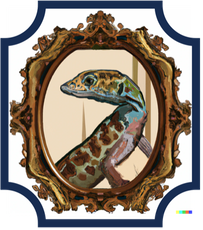 LIZARD (excerpt from “Lizard’s Funeral”) By Matt Glasser I reminded Lizard that he had played an important role in the lives of so many of his friends and family, just a few of whom we heard from today. And I think that he would not have been unhappy to know that his life would end as it did. Although he had a sense that his time was near, I am sure he was surprised when he was snatched off his wall, in the middle of a nap, by an eagle. I imagine that she kept part of his body for herself and fed the rest to her chicks. And that is as it should be. Too many lizards today are run over by cars or eat some poison that humans have left around. These deaths are frustrating and can feel purposeless. But Lizard became part of the cycle of life, and that is perhaps the best end that any of us can hope for. A Heart Shaped Message
In September of 2019 my husband and I drove south from our home in New Jersey to the Shenandoah Valley in Virginia on the east coast of the United States. We arrived in the Shenandoah Valley early in the day. Truth be told, my home is bordered by beautiful woods; however, because now I was less distracted by life, I was able to notice the extraordinary manifestations of nature. On this day, after we checked into the Inn, we went for a hike and happened upon a tree that offered a special gift from Nature. How lucky I felt to notice it! It appeared that the tree had been somehow injured and the callous it created sealed its wound into the shape of a heart! If a tree is wounded, it forms callous tissue around the edges of the wound and creates a protective boundary preventing infection and decay from spreading into the new tissue. The tree isolates the older injured tissue with the gradual growth of new healthy tissue. I cannot say that at the time I recognized the spectacular connectivity between how trees “seal” their wounds and how humans also “seal” their wounds through scarring, both physically and emotionally. The difference being that trees don’t judge their scars, like we humans do. Instead, we spend so much time, money, and emotional energy trying to cover up our scars and erase them. I felt a deep connection with this tree. It took my breath away. The tree had created a glorious, shockingly apropos heart from its wound. Yet, when I revisited the photo as I wrote this essay I suddenly wondered if a human had carved that heart around the knot. The thought saddened me. Carving into bark damages trees. Yet, the insights I had gained from my first perception of a heart forming a scar around the tree’s wound stayed with me. A picture had already formed in my mind - of the tree representing nature, and a person, representing humankind, together creating a symbol of love from a scar that has helped to heal a wound. This message now held a clarity that I had never been quite so aware of. Scars, all scars, are worthy of our tender and attentive love. Not something to be erased. Our scars and nature’s scars can be recognized as avenues to loving ourselves and opening more deeply to possibilities of healing - ourselves, nature, the earth, and our human world. From my heart to yours, Lis Traphagen OMEC/Board of Directors Sandra – From Chapter 9 Pine and Juniper Trees “…There is a very long tradition of a shaman finding a juniper tree that is willing to be a Prayer Tree for the people. And then days and days of ceremonies are performed to create a link between humans, the tree, and the divine. Multicolored ribbons are placed very loosely on the branches in order to not harm the tree. These ribbons hold the deep emotion from the people in the community who have prayers for themselves, each other, and for the planet. Outside my bedroom, I have a Prayer Tree that I worked with in ceremony to agree to accept prayers from me and those on whose behalf I put ribbons. This juniper tree is so ancient. I did not pick a young juniper tree with branches that look new and healthy. I picked a tree that has weathered so many storms and has initiation stories like me. We are very bonded, and I love placing prayers on the branches…” Llyn – From Chapter 10 White Birch Tree “…The unique papery bark of birch trees easily peels and can fall off in long strips. I have two large sleeves of white birch bark that the land gifted me in my home state of New Hampshire many years back. These are treasured possessions, as they connect me with trees I have loved since I was a child. My childhood memories are filled with white birch trees. The white birch that grows from the charnel grounds of a destroyed forest teaches us to gather from the ashes of our lives what will revive as well as help us grow. Just as papery birch bark can be written on, we can tap restorative wisdom by writing about or sharing experiences that have really weathered us. The power of story is ancient. Having our story witnessed by someone who cares is healing…” May the teachings in this book help you walk wakefully as you find your way back home. From my heart to yours. For the Earth. Llyn Cedar Roberts, MA OMEC Founder “..Sandra and Llyn are excellent guides who help us step into our true power and polish our souls, even when life seems too difficult to endure.” —Marci Shimoff, #1 NY Times bestselling author, Happy for No Reason and Chicken Soup for the Woman's Soul The Enchanting Hoh River: A Natural Marvel of Washington's Olympic Peninsula Nestled within Washington State's Olympic Peninsula in the United States, lies the enchanting Hoh River, where the Olympic Mountain EarthWisdom Circle, “OMEC” was incepted in December of 2012. It is no wonder that OMEC was inspired in the Hoh – this pristine natural wonder captivates the hearts of all who encounter her beauty. This special place offers her visitors a weaving of the natural world and the cultural heritage of the local Native American tribe. The Hoh River's journey is closely linked to rich landscapes, including rugged mountains and lush ancient rainforests that have been shaped by volcanic activity over millions of years, depositing rich sediments called silt, which contributes to the fertility of the region. Renowned for its temperate rainforests, the Hoh boasts towering Sitka spruce, Western hemlock and Red cedar trees adorned with thick, emerald-green moss. This lush environment provides an ideal habitat for numerous varieties of fern species and berry infused evergreen shrubs who adorn the forest floor and together create wonderment and enchantment. Animal species that call the Hoh River Valley home, such as the gentle black bear, Roosevelt elk, and the rarely seen apex predator, mountain lion, also known as cougar, are a testament to the intricate interplay of life within it. OMEC’s founder, Llyn Roberts highlights many of these nature beings in the book Speaking with Nature written when Llyn lived by the Hoh River. 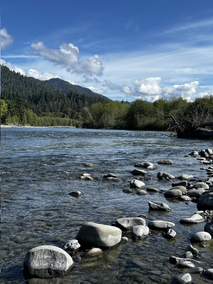 I have visited and guided journeyers to this part of the Olympic Peninsula many times, feeling the mystery of it inviting me back again and again to play, muse and heal. It makes sense that the Hoh River Valley holds profound cultural and spiritual connection for the Hoh tribe, who believe that the river is inhabited by powerful spirits. The people of the Hoh tribe have long maintained a close connection with the river, viewing it as a life-giving force, and central to their fishing traditions. Salmon plays a crucial role in their diet and ceremonies, which are intricately tied to the river's rhythms, and help them maintain a harmonious relationship with their ancestral land. OMEC’s 11th anniversary is a fitting time to honor the Hoh River Valley and the Hoh tribe. The Hoh River is a remarkable and interconnected natural treasure that embodies magic and sacredness. Her lush rainforests, pristine waters, and rich biodiversity make it a living testament to the wonders of the natural world. The deep connection between the Hoh Tribe and the river, as well as the incredible plant and animal species that call it home, highlight the importance of preserving and cherishing this magnificent ecosystem for generations to come. From my heart to yours, Lori Ferry' OMEC Board Member Dear Friends,
Here we are on the cusp of another transition. It’s the liminal time between the seasons of autumn and winter here in the northeast of the United States. It is sometimes hard to comprehend that our friends in the southern hemisphere are preparing to leave spring and enter summer. Although the official astronomical winter does not start until December 21st, in a few weeks, climatological winter sets in here with the end of November and beginning of December. By the time this reaches you the Catskill High Peaks of New York, will more than likely have seen its first snow. Meanwhile, below the equator, the onset of summer is driving growth. Frosty mornings have set in, and I can feel the change out in nature, particularly its slowing rhythms and changing tempos. The woolly bear caterpillars are blacker than brown, and the squirrels have built their dreys high in the trees this year. According to local folklore, these are portents of a robust winter. It does not matter if you believe in that or not, it’s fun to think about. This is the time of year when I really start to look inward. Reflecting over the past year as winter rolls in, I ask myself some questions. Have I honored the commitments that I have made to others? Are there milestones that I set for myself that I did not quite meet? Have I leaned into the practices that have been gifted to me and have I learned from them? Did I respond in an authentic way to what the Universe was presenting to me? Did I extend care and compassion as I made this circuit around the sun? The answers may be yes, no, maybe, or I don’t know. In some way it is not the answers that matter, it is that I can ask the questions and have them become fuel for next year’s growth. Most importantly, this is the time of year where I give thanks. It’s not about the foods and gifts we may indulge during holiday season. As much as I enjoy those, they fail to capture what I give thanks for. I give thanks to the people I have met and connected with this year in whatever way that was. I give thanks to my family, friends, those close to me, and those not close to me as well, for whatever they have brought to the path. I give thanks to those I have perceived as adversaries for mirroring my own confusion back to me. I honor our Native American peoples here in North America. I give thanks to the indigenous lands I live upon, for nourishing me. I give thanks to Pacha Mama, Mother Earth, Mother Time, Mother Universe, for holding me. In the northern hemisphere the onset of winter begins the season of hibernation, the time for deep dreaming and musing. Fewer daylight hours and colder temperatures bring us not just inside but to our hearth. As we draw closer to Grandfather Fire for warmth and light, let’s not forget that there is a deep mystery in this dark half of the year. Deep in the soil of our psyche the ground for the next turning is preparing, incubating, churning, and assimilating. I look forward to what the return of the sun will bring. From my heart to yours, Christopher T. Franza, OMEC/Board of Directors Dear Friend, We share with you here some moving art and writing from the 6-week virtual fall gathering of the nature-inspired writing program, Remembering Our Place in the Sacred Circle of Life. Participants came together from New York, Georgia, Colorado, Oregon, and California. Of the many gifts from these gatherings, what seemed to surface time and again was the realization that time spent in the natural world was good for us! These quiet precious moments with trees, parks, moss, boulders, spiders, and much more, often revealed important messages, creative inspiration, and healing. Enjoy the inspired art and writings. From my heart to yours, Christina Burress Board Member, OMEC When I discovered that the artist who created those beautiful patterns on the maple leaves was a tar fungus, I tried speaking with it. Here is what Tar Fungus told me: Your enlargements bring people face to face with the Fungal Presence. We are here and should no longer be ignored. The more you know about us, the greater your chances of survival. We have ready technology to solve many of humankind’s difficulties. If scientists will work directly and collaboratively with us, giving us intention and purpose while engaging their human will, we can get to work quickly to avoid catastrophe. There is so much in this short passage that speaks to the potential of interspecies collaboration. As humans, our gifts are free will and the ability to hold a vision. If only we could learn to give intention and purpose to our Nature Elders! P.C.Turczyn "The Fungal Presence," 2'H x 3'W, Gouache, printing ink and composition gold leaf on Japanese mulberry paper, 2023 All Are Welcome by Linda S. The morning ritual begins As I fill the empty bird feeder once again, Saying hello to the herbs still growing in a nearby container. The sunflowers already smiling with their faces lifted to the light. I make sure to cast handfuls of sunflower seeds for grey squirrel Who will come down from the oak tree as soon as the coast is clear. And from my kitchen window, I watch the magic unfold As these nature beings come to the table I have prepared for them A gift of gratitude for their presence As they remind me that life is an ongoing banquet And all are welcome. Togethering: We are... by Stuart Garber Breath of Life singing through me, I tune my Self to You. Heart, lungs billowing with the fullness that You bring. Being with You in this way, there is no place You are not. I see and feel You everywhere. The boundary between what’s inside me… “here”… and all else that's here with me softens and blurs as I breathe this breath with You. We are the breeze. We are the ocean’s flow. We are the warmth of sunlight. We are the nourishing earth. Togethering. As Humans, We Listen by Victoria Derr Valencia If fire could speak It would tell us stories of strength Of communities created Hearts gathered Prayers petitioned Worries burned away If water could speak It would be light laughter Like the gentle caress of a river's bend Sometimes a roar Like the ocean at high tide against a cliff side If air could speak It would do so in a low whisper Telling us stories traveled far Across landscape carved by time If earth could speak It would tell stories of our ancestors The ones whose bodies Returned to the central heartbeat As humans, we listen For the sacred wisdom found In the multiple expressions of Our elemental kin In the multiple expressions of Our own divine radiance within Old Man Acorn’s Tale by Jennifer Templeton Whispered wind, Weaves his tale Laughing dappled light. Here I breathe. Held, seen, & heard Familiar his story & song of the bird Lulled in comfort My cosmic hammock I sway Deeply rooted ancestor long standing bold Though so quiet His story always told. Voices in chorus, loud in my bones, chanting unseen This Earth is not my home. My veins starry paths, A muscled underwater galaxy, Neural brilliant sparks Brightening the mystery Low chuckle ripples, Radiant gurgle of sap… Know the me sister, you’ve always seen. & I sing the you. you’ve always been. Few find truth That we are, and will be again. Celebrate this That you know. Smile your seeds to and fro. Trust the truth Others traverse Mostly blind Walk your path Of no other kind Listen deeply now my dear. Shine without worry & I will always sing. My tale never ends, & Acorn always grows to sway new friends. Dear Friend,
In January 2020, an article in the American daily newspaper, the Washington Post, reported that scientists had found the oldest known material on planet Earth — a meteoric rock containing “microscopic grains of dead stars” — 7 billion years old, about half as old as the universe. Of the many mysteries in the deep layers of our planet, rocks are some of the oldest. They tell a story, etched in their formation and composition, a chronological timeline, and in some cases, the preservation of ancient materials and fossils give geologists clues to form a story of the past. One of the most curious geological gemstones I’ve come across is the enhydro agate. Formed in volcanic activity, the agate is part of the chalcedony stone family. At first glance, it appears solid, cloudy, of a variety of colors, and semi-translucent. Its name, enhydro, Greek for water, reveals its secret. Within the agate is ancient water, 70,000 + years old, trapped by the natural mineral buildup and formation of layers around pockets, or inclusions, of air and water. When shaken, you can hear it sloshing inside. The new water bottle? Perhaps, not. Possible mineral impurities in the water make drinking ill-advised. The rare enhydro agates can be found on the Oregon coast, a testament to the Pacific Northwest’s fascinating geological and volcanic history. I am no geologist, but to me, the diversity of mineral formations — from enhydro agate to sparkling amethyst, moonstone, granite, obsidian, mica, and quartz — is evidence the Earth is capable of magic, with the existence of life being one of those great magical curiosities. Creation stories from around the world show the ways ancient people have made sense of existence. According to Maya cosmology, humanity was born from two deities, B’itol K’ajolom the Maker, and Tz’aqol Alom the Creator. The late Maya priest, Carlos Barrios, describes this in his book, The Book of Destiny, Unlocking the Secrets of the Ancient Mayans and the Prophecy of 2012. In a time of humanity’s greatest need, four divine beings named B’alamed’ came to Earth from the stars, bringing knowledge to restore peace and balance to the planet. As a lover of stories, I like to think that science and mythology can coexist in the hearts of humanity. Perhaps the history of our Earth is as multifaceted and complex as we are. One thing is certain, the Earth’s story is our story. As many indigenous cultures have reminded us, we are not separate. When I ask the question where are we from and where are we going? I feel the answer in my bones, the blessing it is to call this Earth, this rock — sparkling, water-filled, and sprinkled with stardust — home. Pictured: enhydro agate, moonstone, aragonite From my heart to yours, Sayre Herrick OMEC Board Member |
Details
Archives
June 2024
Categories |



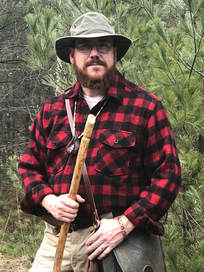
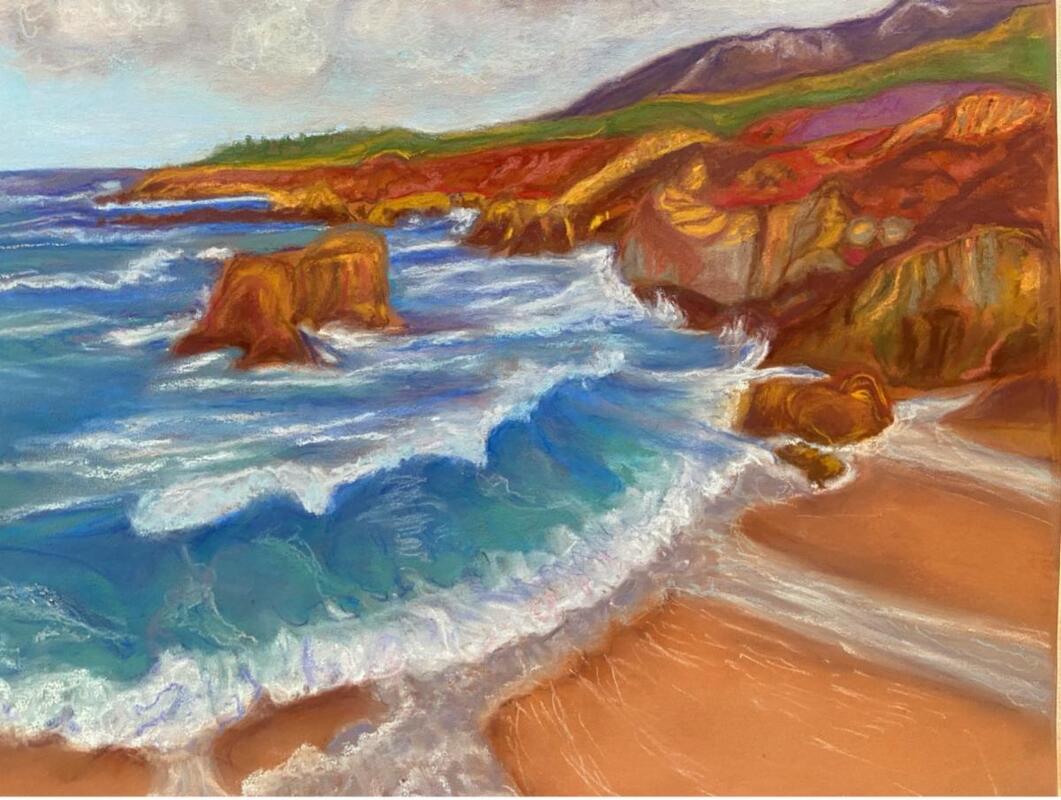

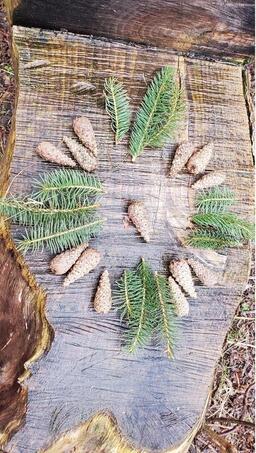
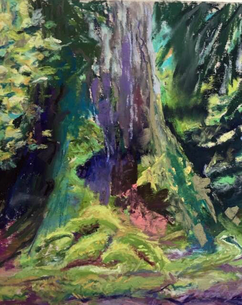
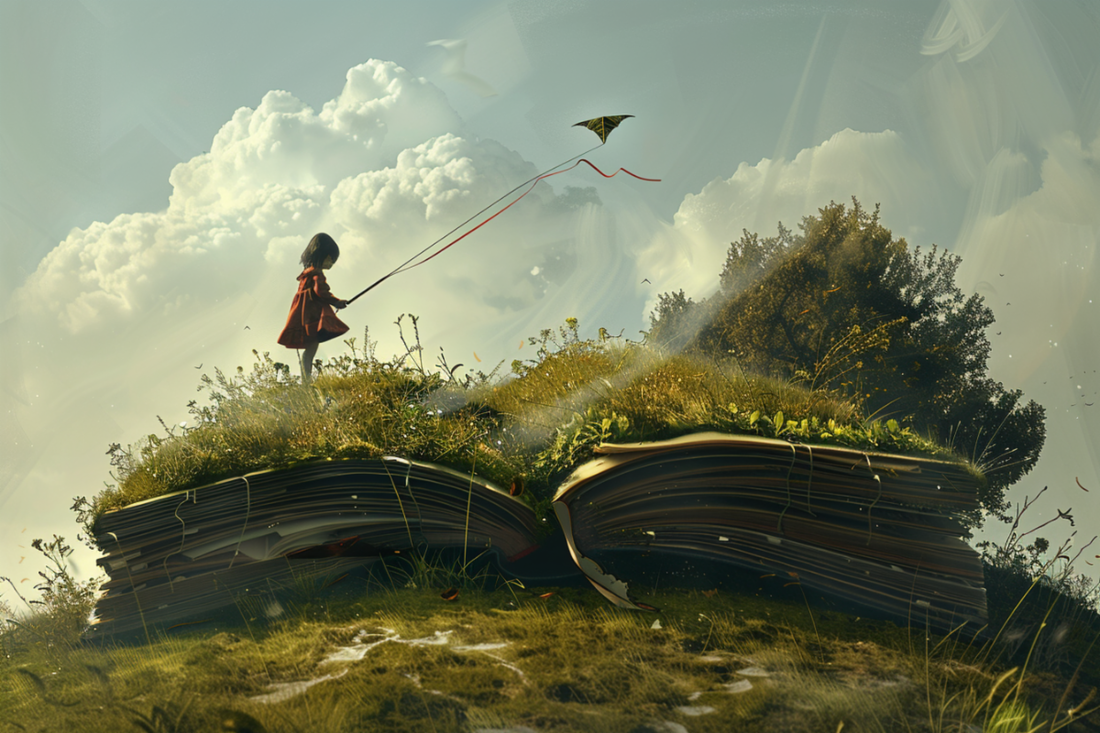


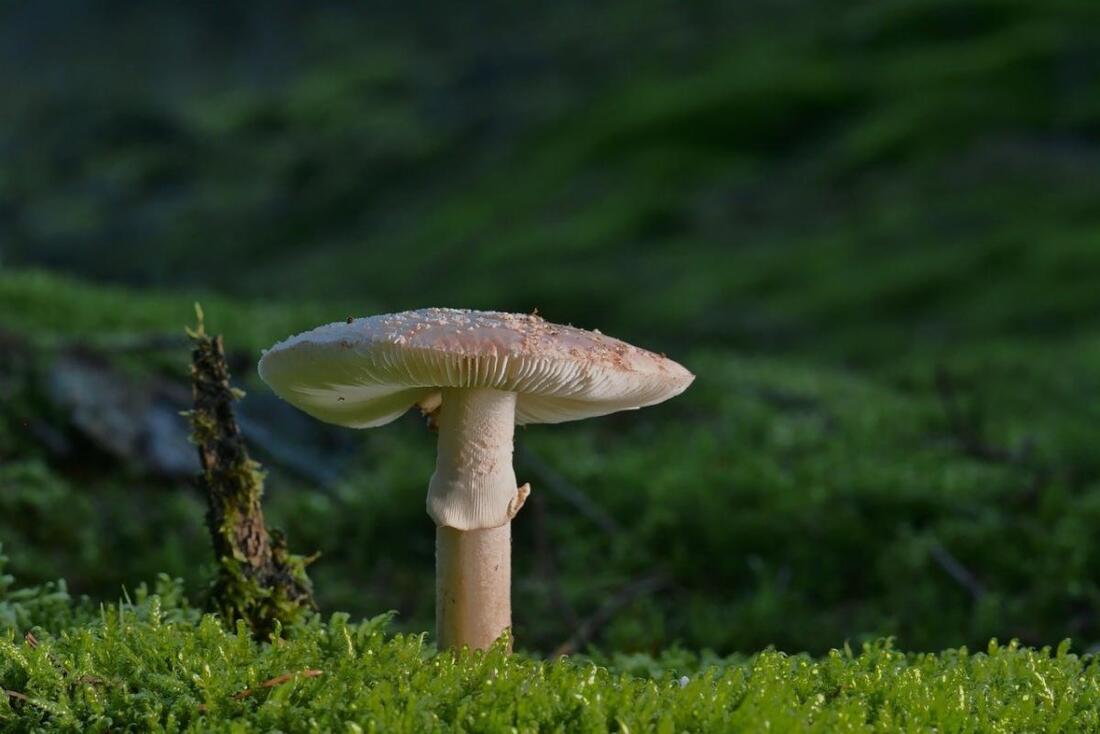
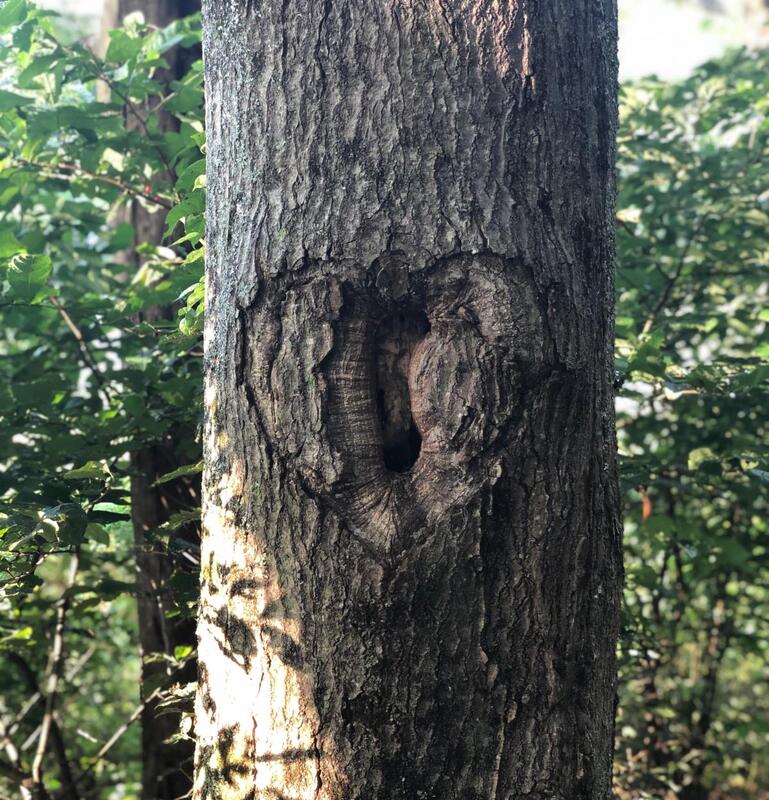

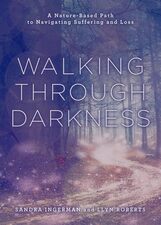
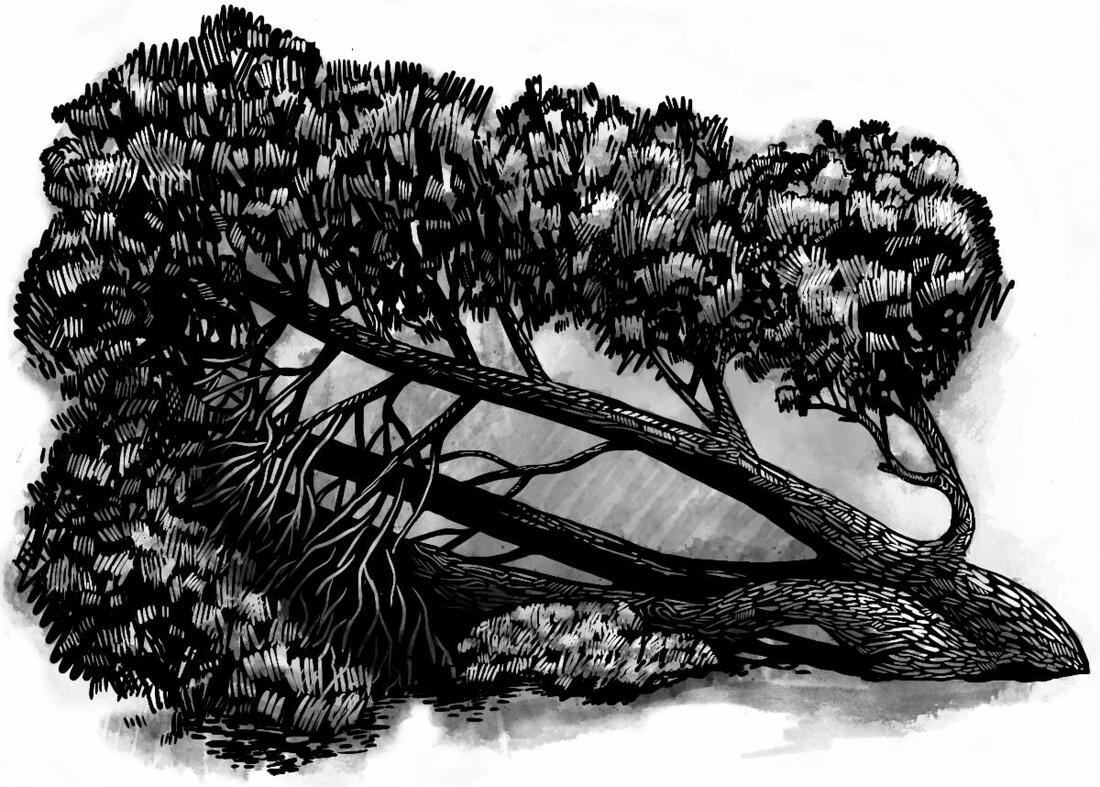
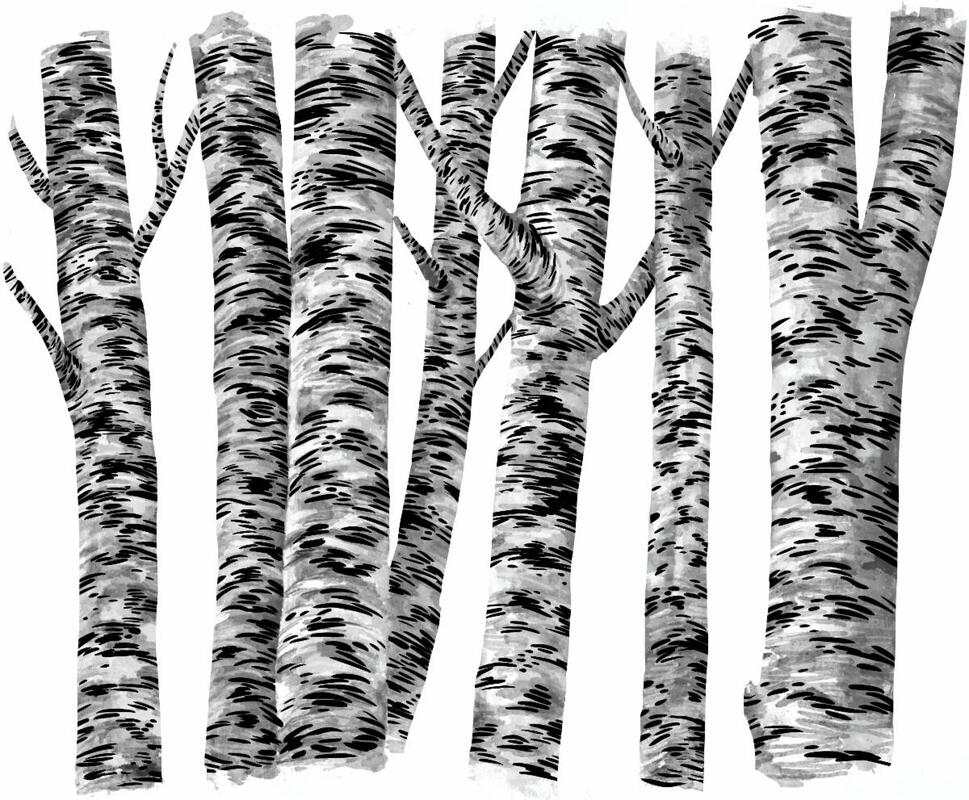
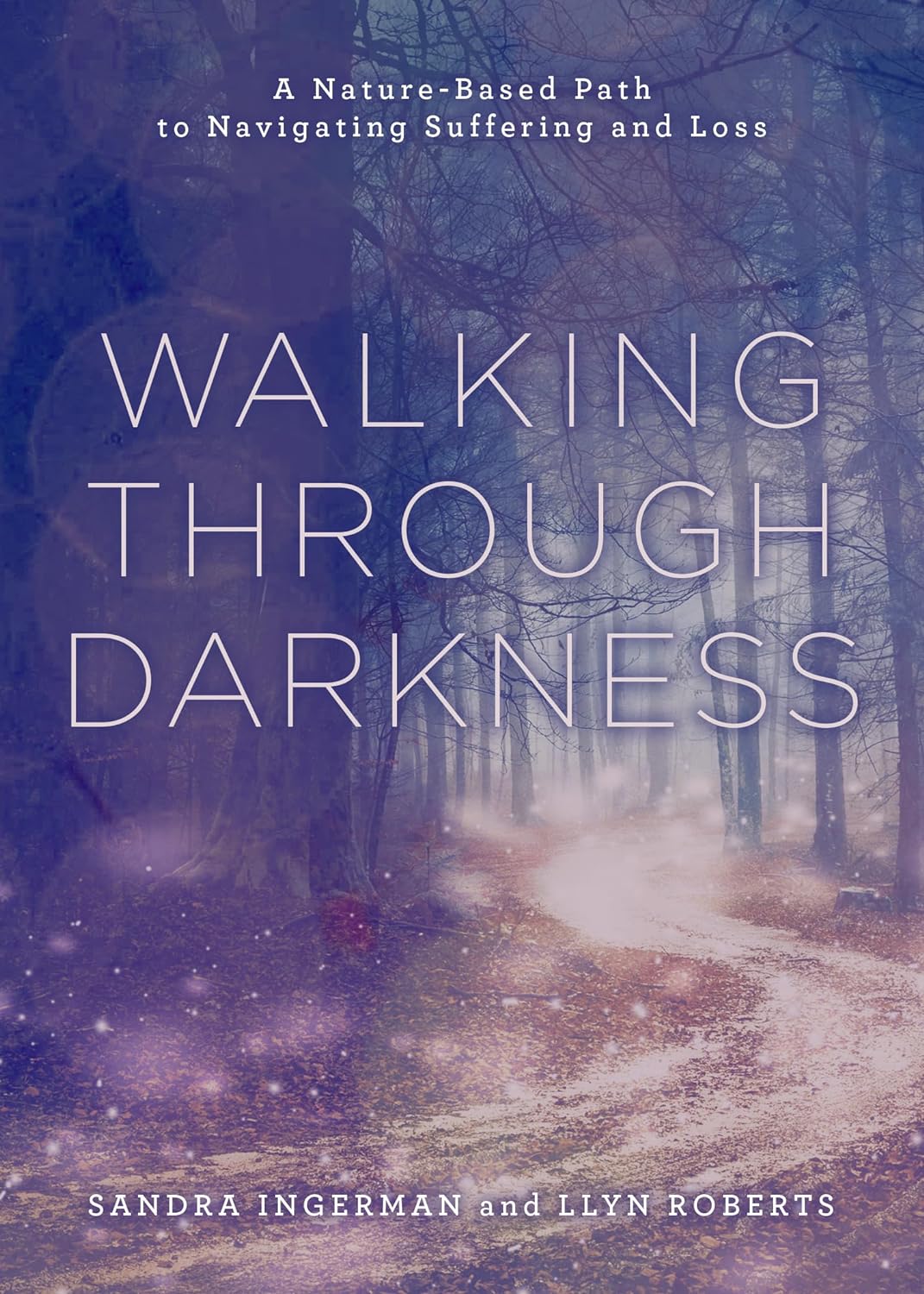
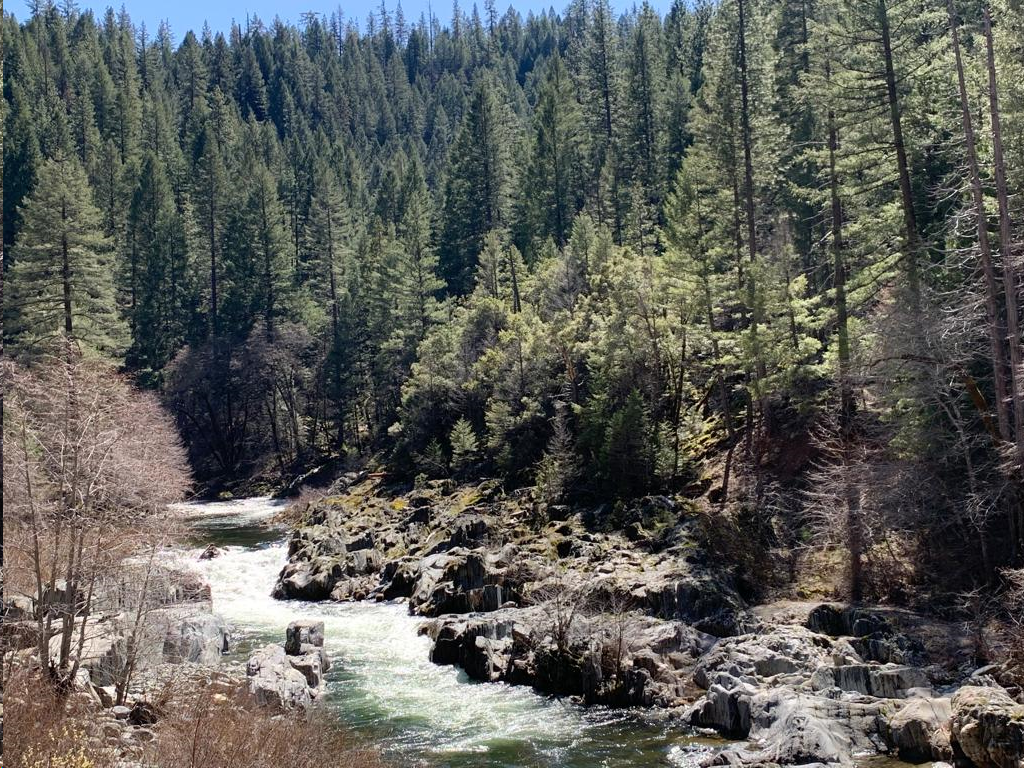
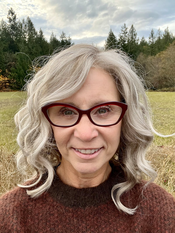
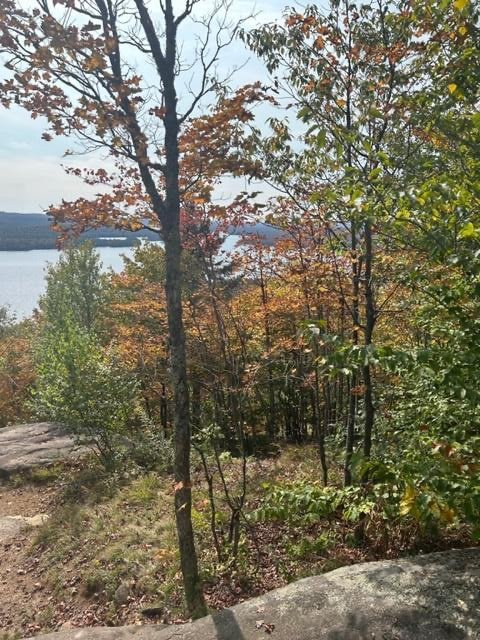
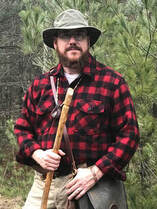
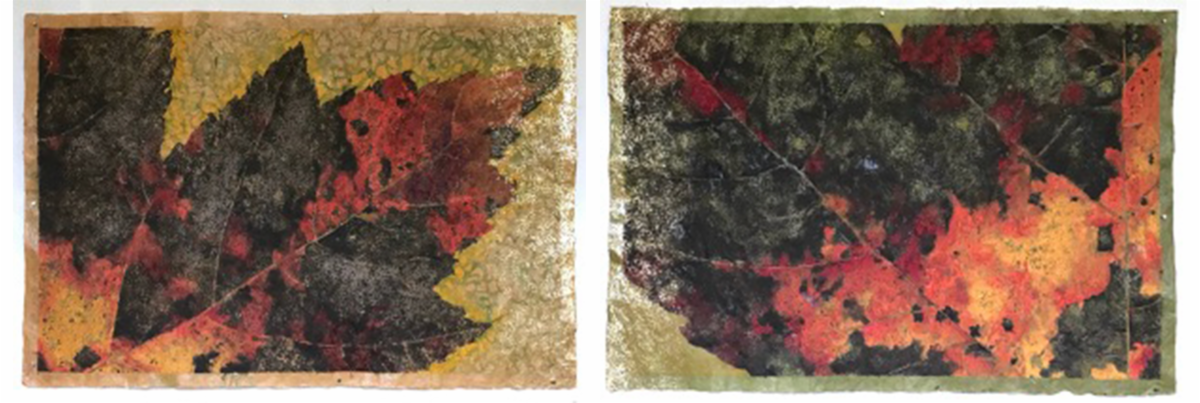
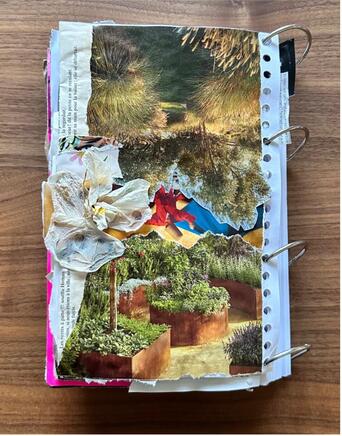
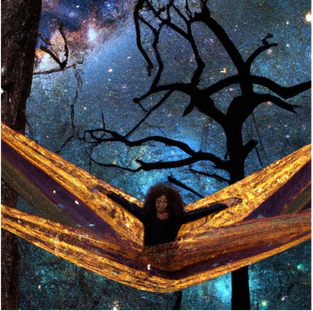
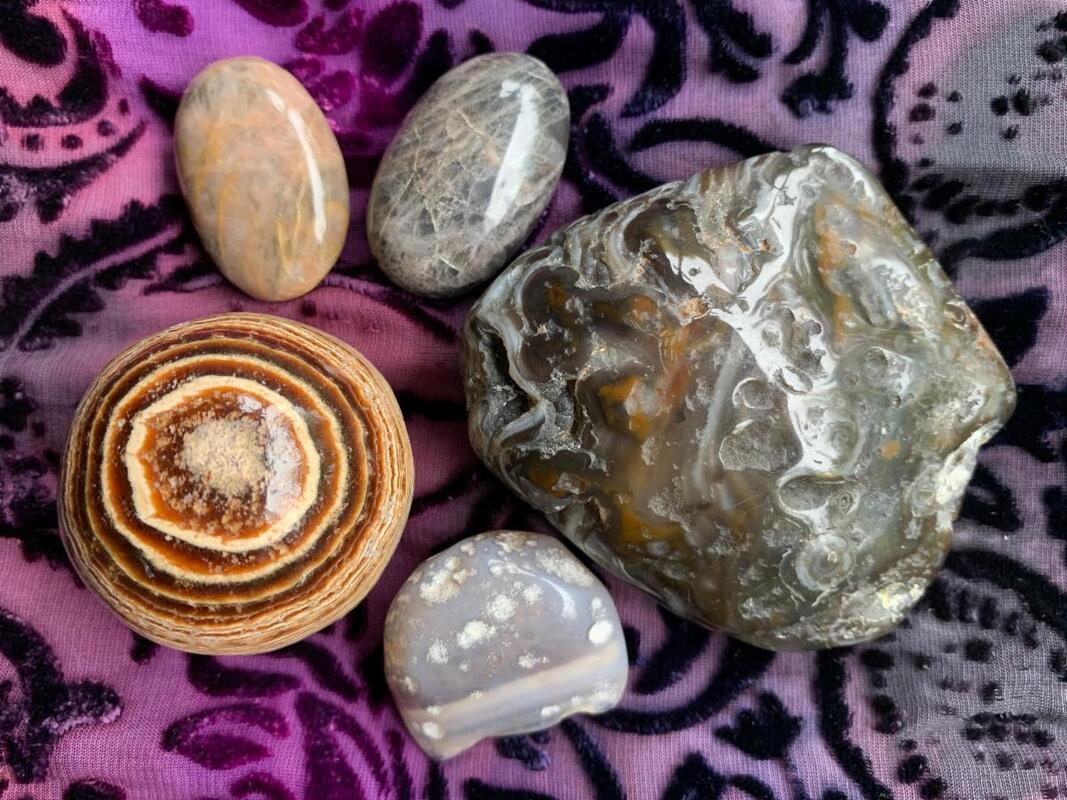
 RSS Feed
RSS Feed
